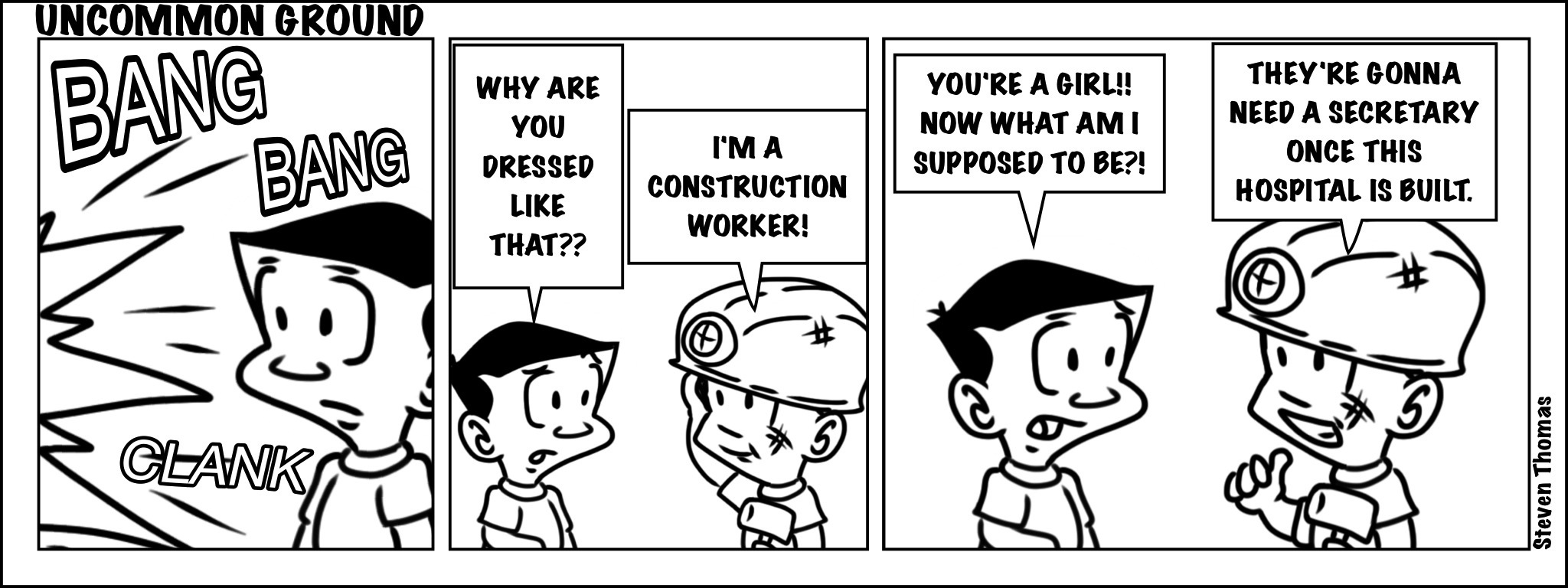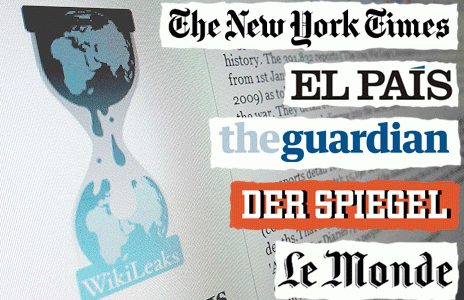
Were we intended to be racist?
The people of Malaysia, is separated by many factor, of one is race. When filling any forms, there is always the requirement to state the race; either Malay, Indian or Chinese. The country is multicultural, multiracial, with over different languages and beliefs. However different each individual is or is brought up from, as a country that met independence over 50 years ago, it is shocking that the country does not refer to the people as only one, a Malaysian.
With so much diversity in a country, often racial issues causes a disruption in peace. The unforgettable May 13, was one irreversible event that sadly occur in this country (Vengadesan, 2008). Riots and death turned sadness into hatred causing countryman to further acknowledge their differences in race and beliefs, which ultimately led to distrust among Malaysians. Even today, Malaysians continue to act towards racial discrimination knowing it is hurtful. The infamous Kiki that went in rage over a minor car accident (Malaymail, 2014). Not forgetting the disrespectful headline by a national media, Utusan Malaysia that targeted the Chinese society (Sipalan, 2013). How it is that racism can be openly spurted without thought?
Looking further into racism among countryman, racism towards foreigners continues as well. Apart from locals who were born and lived here, the country is filled with foreigners from all over the world, living and working here (Yee, 2015). However tough the job is, these people work from construction towards house maid, adapting by taking up different language just to be able to send their wages home. Yet, despite their attribution towards this country, abuse (News, 2010) and torture (Jayamanogaran, 2014) occurs on them. How it is that racism is viciously attacked onto the people that contribute to the making of this country?
Can the people truly embrace modernization, when racism still exist among the people?
As a change, the country should embrace the notion of a lived experience as said by Sukhmani Khorana on “On being an ‘ethnic killjoy’ in the Asian Century” (Khorana, 2013). Rather than using the Malays, Chinese and Indian as an exchange commodity to define Malaysia as a multiracial country, or using it as a political token for economic benefits. The people should start accepting differences in culture, beliefs and background, to start living as one. Only then can the country truly modernize and respect others.
A true Malaysian, regardless of our skin color or mother tongue. A true Malaysian, respecting and accepting each other. A true Malaysian, and no longer a racist. That should be Malaysia.

Only in darkness, will people see the light that is unity. Don’t you think so?
References
Jayamanogaran, T., 2014. Abused maid recounts eight months in torture ‘chamber’. [Online]
Available at: http://www.themalaymailonline.com/malaysia/article/abused-maid-recounts-eight-months-in-torture-chamber
[Accessed 15 6 2015].
Khorana, S., 2013. On being an ‘ethnic killjoy’ in the Asian Century. [Online]
Available at: http://theconversation.com/on-being-an-ethnic-killjoy-in-the-asian-century-19833
[Accessed 15 6 2015].
Malaymail, 2014. Clip of woman road raging at elderly man blows up online. [Online]
Available at: http://www.themalaymailonline.com/malaysia/article/clip-of-woman-road-raging-at-elderly-man-blows-up-online
[Accessed 15 6 2015].
News, B., 2010. Malaysia accused of migrant worker abuse by Amnesty. [Online]
Available at: http://news.bbc.co.uk/2/hi/asia-pacific/8584391.stm
[Accessed 15 6 2015].
Sipalan, J., 2013. Utusan revisits ‘Apa Lagi Cina Mahu?’, says Chinese ungrateful. [Online]
Available at: http://www.themalaymailonline.com/malaysia/article/utusan-revisits-apa-lagi-cina-mahu-says-chinese-ungrateful
[Accessed 15 6 2015].
Vengadesan, M., 2008. May 13, 1969: Truth and reconciliation. [Online]
Available at: http://www.thestar.com.my/story/?file=%2F2008%2F5%2F11%2Flifefocus%2F21181089
[Accessed 15 6 2015].
Yee, H. L., 2015. Illegal Workers In Malaysia: How Much Do You Know About The Dilemma?. [Online]
Available at: http://says.com/my/news/illegal-workers-in-malaysia-how-much-do-you-know-about-the-dilemma
[Accessed 15 6 2015].






